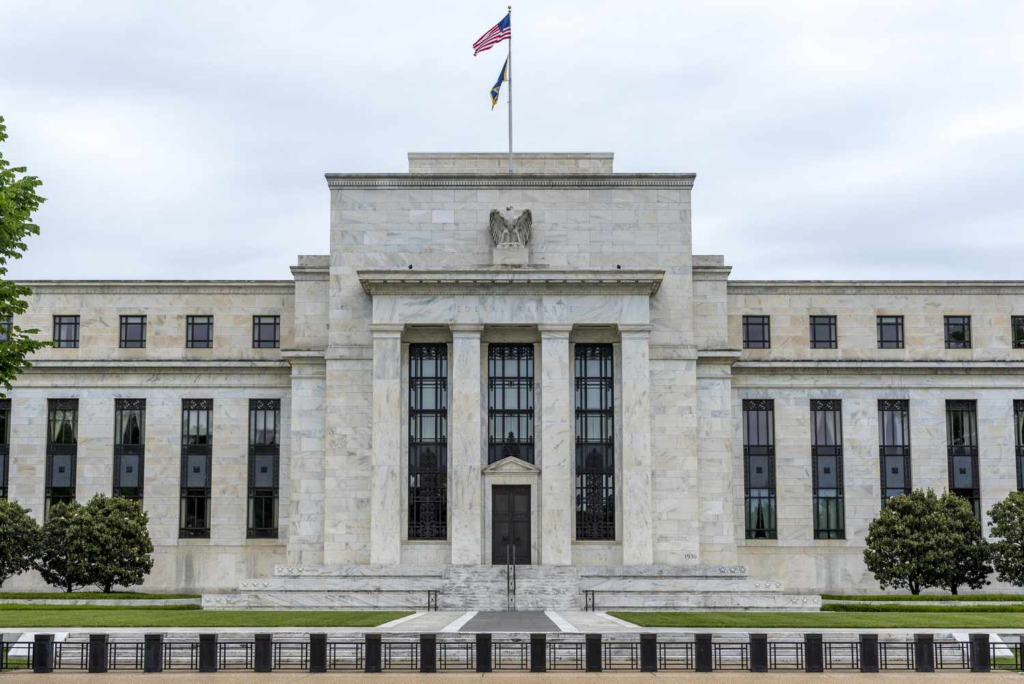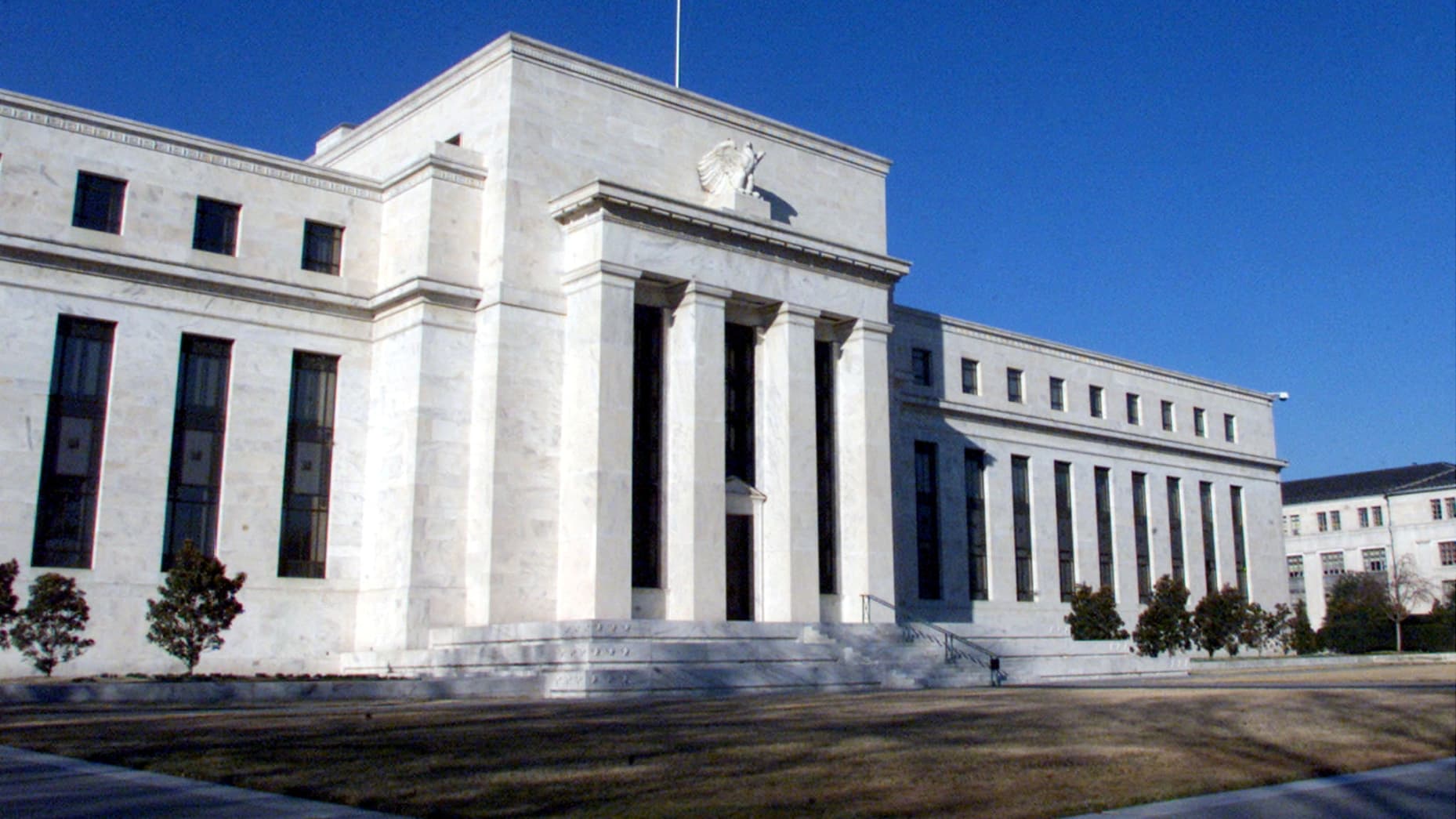What is FED?
FED (Federal Reserve Bank) is the central bank in US created in 1913. It has total 12 regions located throughout the country. FED collects information from all over the country to monitor economy. Motto of FED is to promote healthy US economy One of the Fed’s more recognisable functions is conducting U.S. monetary policy which involves influencing interest rates.
Congress has tasked the Fed with implementing monetary policies that promote
maximum employment and stable prices. High levels of employment provide people with more
economic opportunities and stable prices promote growth, by making it easier for households and
businesses to plan for the future

When the Federal Reserve (FED) announces a rate cut, it sets off a chain reaction in the financial markets and the broader economy. But what exactly is a FED rate cut, and how does it shape market dynamics? Let’s explore.
What is a FED Rate Cut?
The Federal Reserve controls the federal funds rate, which is the interest rate at which banks lend money to each other overnight. A rate cut means the FED reduces this rate, aiming to stimulate economic activity by making borrowing cheaper.
Immediate Impact on Markets
- Stock Markets:
- Lower interest rates often boost stock markets. Investors flock to equities, as lower rates make fixed-income investments like bonds less attractive.
- Companies benefit from cheaper borrowing costs, which can enhance profitability and encourage expansion, driving stock prices higher.
- Bond Markets:
- Bond prices typically rise when rates are cut. Since bond yields move inversely to prices, existing bonds with higher rates become more valuable.
- Currency Markets:
- A rate cut often weakens the dollar as lower rates reduce foreign investment in US-denominated assets. This can make US exports more competitive globally.
Broader Economic Implications
- Consumer Spending:
- Cheaper borrowing costs for credit cards, mortgages, and auto loans mean consumers have more disposable income, boosting spending.
- Business Investments:
- Lower rates reduce the cost of capital for businesses, encouraging investments in infrastructure, technology, and workforce expansion.
- Housing Market:
- Mortgage rates often fall after a FED rate cut, making home-buying more affordable and potentially stimulating the real estate market.
Risks and Limitations
- Inflation Risks: Prolonged low rates can lead to overheating and inflation.
- Diminished Returns: If rates are already low, further cuts may have limited impact.
- Market Volatility: Sudden or unexpected cuts can signal economic distress, causing market turbulence.
Historical Perspective
Historically, FED rate cuts have been a tool to combat economic slowdowns. For instance, during the 2008 financial crisis, aggressive rate cuts were pivotal in stabilizing markets.
Conclusion
A FED rate cut can act as a double-edged sword—stimulating growth while posing inflationary and market risks. Understanding its multifaceted impact equips investors, businesses, and consumers to navigate these economic shifts effectively.
By staying informed and strategically aligning investments with rate changes, one can leverage these economic adjustments to their advantage.













